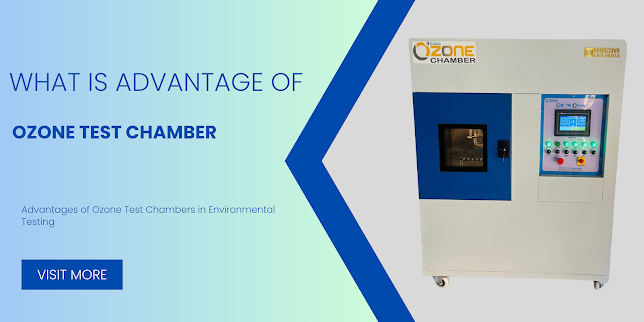What is the advantage of ozone test chamber?
The Advantages of Ozone Test Chambers in Environmental Testing
Introduction:
Ozone test chambers play a pivotal role in environmental testing, offering numerous advantages for various industries. Ozone, a highly reactive and powerful oxidizing agent, is a key component of Earth's atmosphere. While it is crucial for protecting life on our planet by absorbing the majority of the sun's harmful ultraviolet radiation, elevated levels of ozone can pose risks to human health and the environment. Ozone test chambers provide a controlled environment for studying the effects of ozone exposure on materials, products, and organisms. This article explores the advantages of ozone test chambers and their significance in environmental testing.
1. Controlled Testing Environment:
One of the primary advantages of ozone test chambers is the ability to create a controlled testing environment. Researchers and engineers can precisely regulate temperature, humidity, and ozone concentration, ensuring accurate and reproducible testing conditions. This control is essential for obtaining reliable and meaningful data, especially in industries where product reliability and performance are critical.
2. Accelerated Aging Studies:
Ozone exposure is known to accelerate the aging process of materials, including rubber, plastics, and various polymers. Ozone test chambers enable accelerated aging studies, allowing researchers to simulate the long-term effects of ozone exposure in a relatively short period. This is particularly valuable in industries such as automotive, aerospace, and manufacturing, where understanding material durability is crucial for product development and quality assurance.
3. Product Quality Assurance:
For manufacturers, ensuring the quality and longevity of products is paramount. Ozone test machines are instrumental in product quality assurance by subjecting items to controlled ozone levels, mimicking real-world conditions. This helps identify potential weaknesses or vulnerabilities in materials, ensuring that products meet or exceed industry standards before reaching consumers.
4. Environmental Impact Assessments:
Industries that release ozone-depleting substances or operate in environments with elevated ozone levels must conduct environmental impact assessments. Ozone test chambers provide a controlled setting for studying the effects of ozone exposure on ecosystems and living organisms. Researchers can evaluate the impact of ozone on plants, animals, and microorganisms, contributing valuable data for environmental management and conservation efforts.
5. Regulatory Compliance:
Many industries are subject to regulations and standards regarding ozone emissions and their impact on materials and the environment. Ozone test chambers are essential tools for companies seeking regulatory compliance. By conducting rigorous testing, businesses can demonstrate that their products meet or exceed the required standards, avoiding legal issues and ensuring the safety and reliability of their offerings.
Conclusion:
In conclusion, ozone test chambers offer a range of advantages for industries involved in product development, quality assurance, and environmental impact assessments. These controlled environments enable researchers and engineers to study the effects of ozone exposure on materials and organisms, leading to improved product durability, regulatory compliance, and a better understanding of environmental implications. As technology continues to advance, ozone test chambers will play an increasingly crucial role in shaping sustainable and resilient industries.

%20(1).jpg)


Comments
Post a Comment